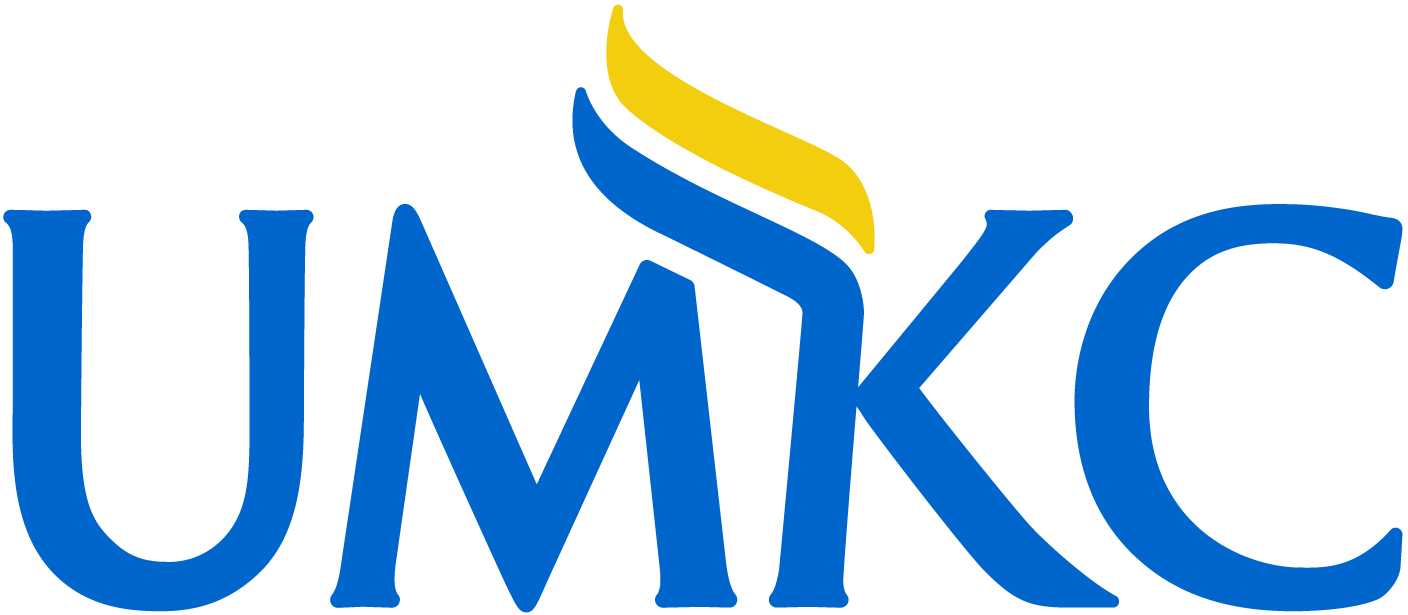Abstract
BACKGROUND: Bone remodelling during development and growth is important for craniofacial integrity of offspring. The aim of this study was to investigate the changes in offspring adult skull morphology when the osteoclasts number was altered in utero, using three-dimensional (3D) geometric morphometric analysis (GMA).
MATERIALS AND METHODS: We altered osteoclasts number in utero via two approaches. First, we generated heterozygous CtskCre ;DTAfl/+ (diphtheria toxin A) mice. Second, we altered Ctsk expression in vivo by injecting pregnant wild-type dams at embryonic day (E) 12.5 with in vivo siRNA specific for Ctsk. Mice were collected at 6 weeks and analysed using geometric morphometric analysis via computed tomography, histomorphometry and gene expression analysis.
RESULTS: Altering osteoclasts number in utero affected the offspring adult skull morphology. Decreased Ctsk and osteoclast numbers were associated with a decrease in cranial vault height and an increase in mandibular body length. Changes in size and shape were observed with an increased number of osteoclasts in CtskCre ;DTAfl/+ mice, including an increase in cranial vault height, as well as a shortening of mandibular body length and ramus height.
CONCLUSION: The findings of this study suggest that modulation of osteoclast numbers during pre- and post-natal development may be a previously unknown factor in the aetiology of skeletal malocclusions. An improved understanding of the factors affecting bone homeostasis during development and growth may help in the development of future therapies that would target the early intervention of skeletal malocclusion.
